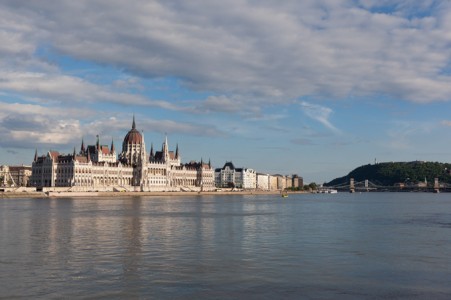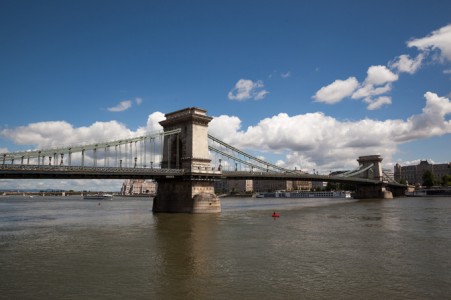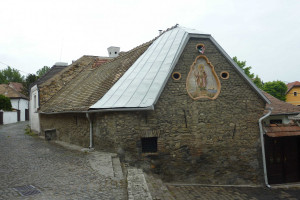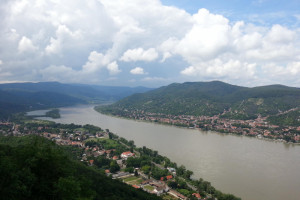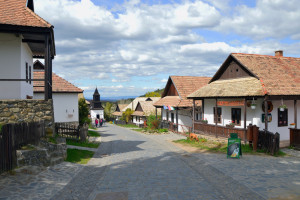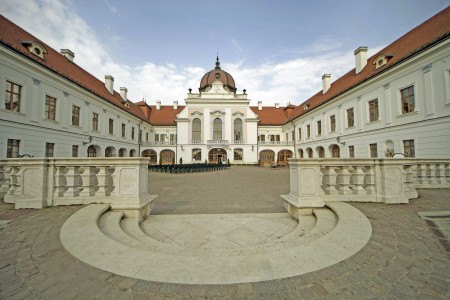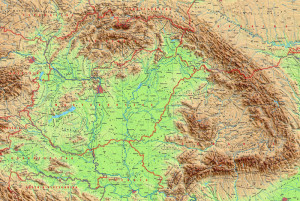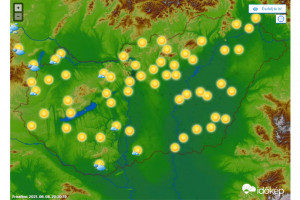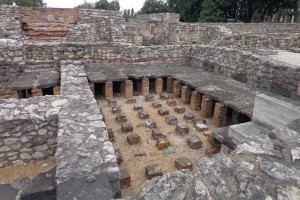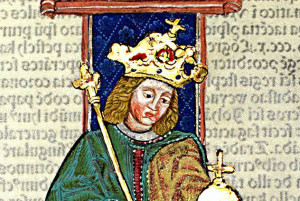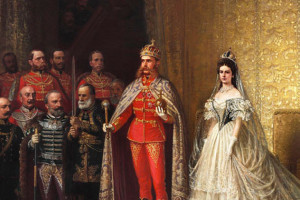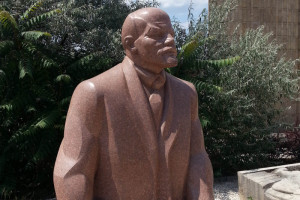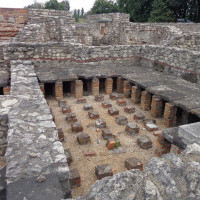Before the Magyars
ZoOm Hungary
The Carpathian Basin occupied by the conquering Magyars had been inhabited since prehistoric times. According to the archaeological evidences found at Vertesszölös, the Carpathian Basin had already been the dwelling place of prehistoric man half a million years ago.
In the caves of the Bükk Mountains, for example, the one hundred and fifty thousand-year-old tools of Paleolithic man have been unearthed. During the early Iron Age, Thracians settled east of the Tisza and Illyrians west of the Danube. The latter erected enormous earthwork as defense against the Scythians and later against the Celts, who came from the west.
The Roman Era
In the first century, the Romans extended their rule to the region of the country lying west of the Danube, which then became a province of the Roman Empire under the name of Pannonia. A century later the province of Dacia was formed in the region of Transylvania. The four centuries of Roman rule created an advanced and flourishing civilization and the founding of the majority of the present-day towns in western Hungary can be traced back to Roman antecedents.
The Roman civilization was swept away by the great migrations. The empire of the Huns came into being, the military power that finally forced the withdrawal of the Roman legions. After the fall of the great Hun and Avar nomadic empires, only the Western Slavic and Southern Slavic people succeeded in establishing themselves in the Carpathian Basin. The advanced economic and political conditions of the Slavs, who had been settling in the area since the 6th century, exerted a significant influence over the Magyars.
